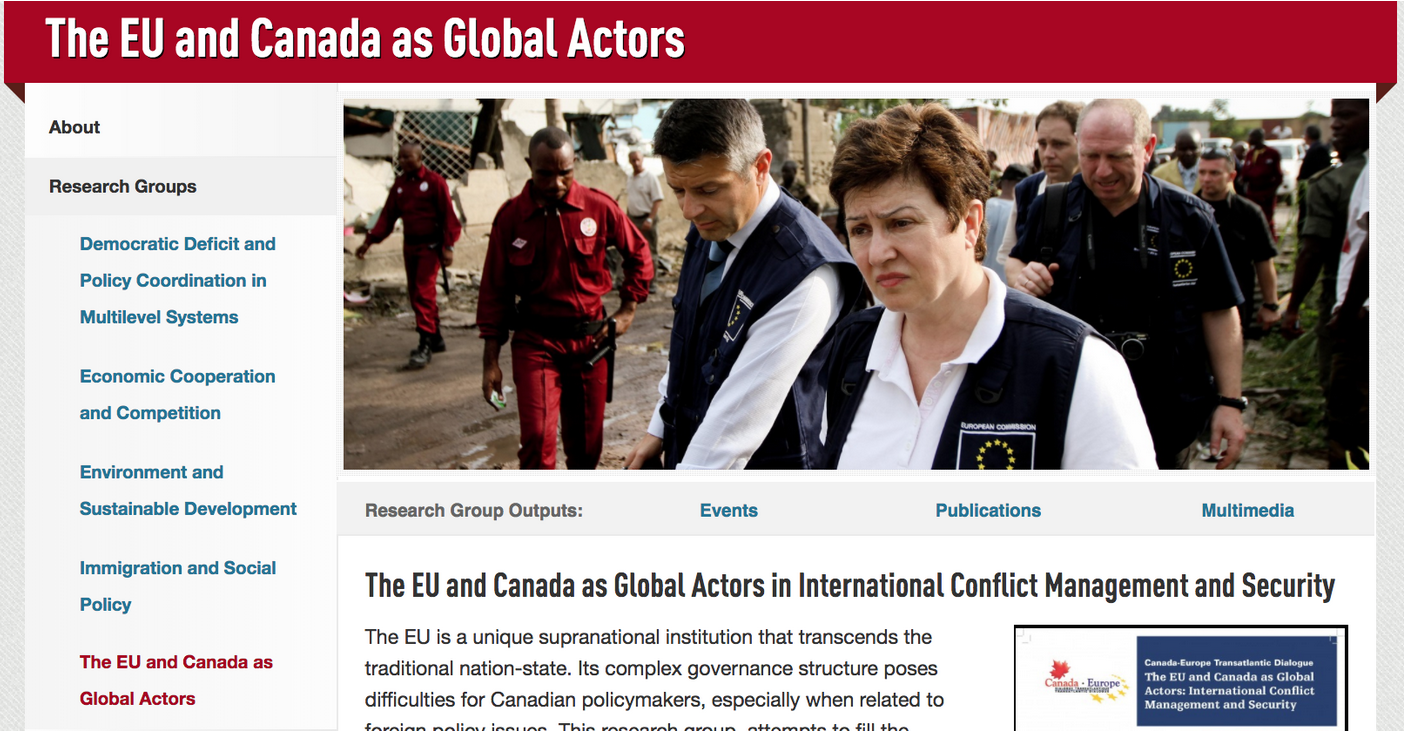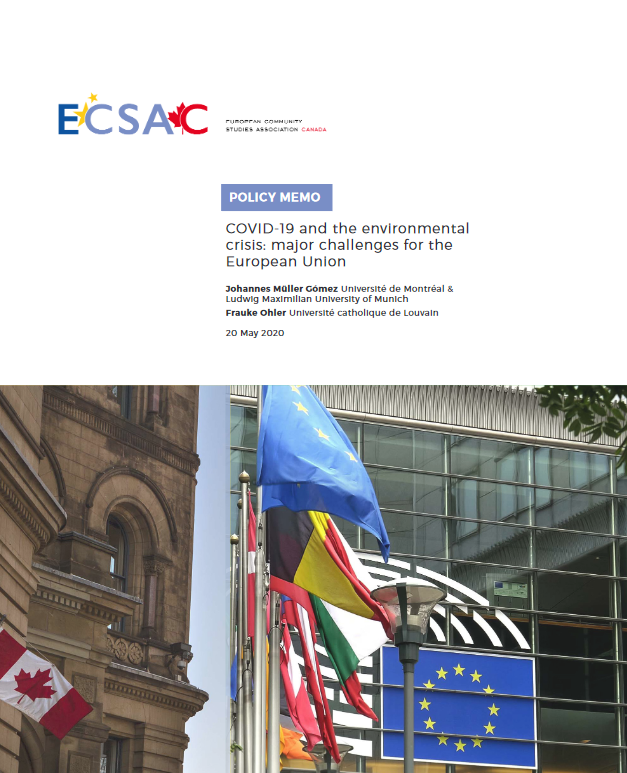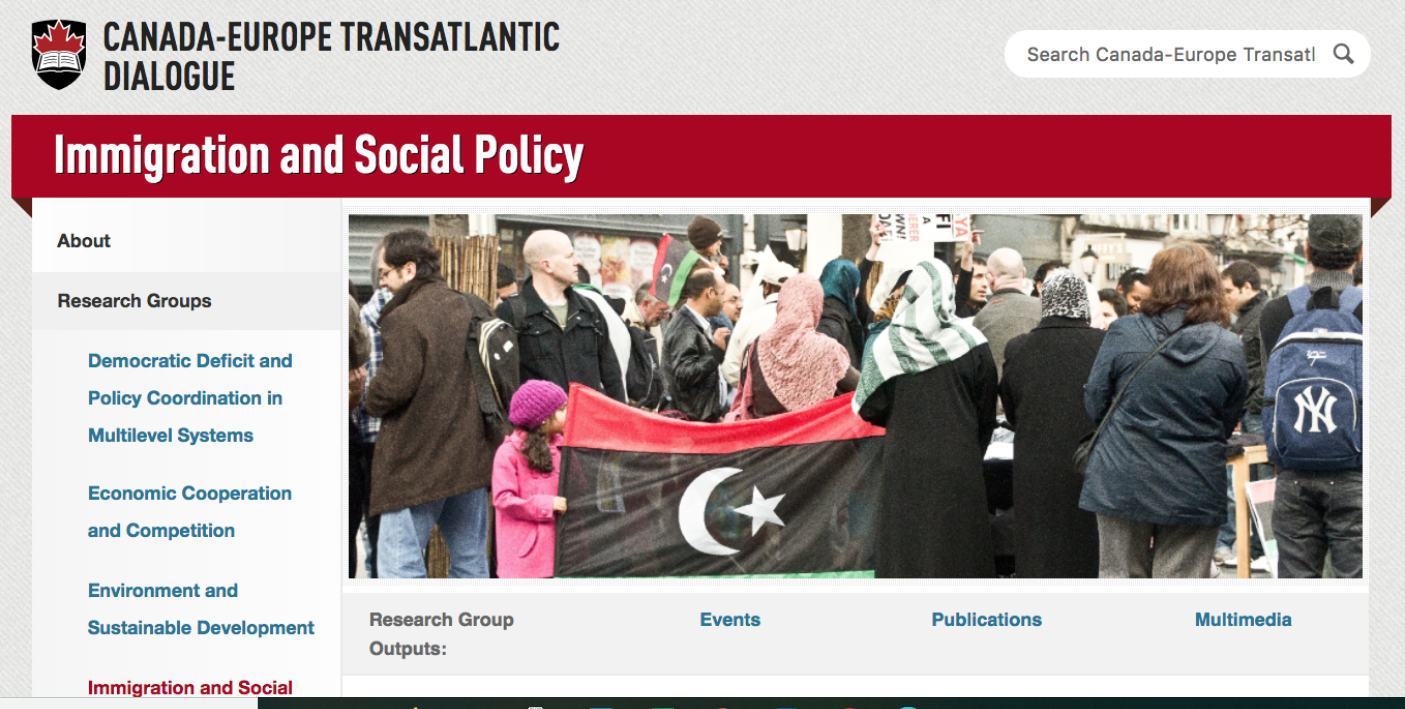European Central Bank (ECB) and the Responses to Economic Crises, by Shannon Rabey
By Shannon Rabey, EU Study Tour 2019, student at the University of Victoria
Issue: European Central Bank’s (ECB) decision to keep inflation at zero limits the ability to respond to economic crises as non-standard monetary measures do not provide the same ability to stimulate the economy as traditional monetary measures and have long-term implications for the financial system in Europe.
Links with ECB, Bruegel, Bank of Canada, Brexit, Deutsche Bundesbank University
At the ECB visit, our presenter spoke of the necessity of using non-standard monetary measures due to the exhaustion of standard monetary policy (interest rates). The ECB must turn to other monetary policies such as quantitative easing to help stimulate the economy. I posed the question of whether these non-standard monetary policies would be sufficient if another economic crisis occurs and what the long-term implications of leaving interest rates so low are. The presenter seemed to have anticipated the question and spoke to the successes of low interest rates without addressing the key risks associated with periods of prolonged low interest rates or the ECB’s ability to respond to the next economic downturn if standard monetary policy remains unavailable.
Low interest rates constrain the ability of central banks (CB’s) to respond to economic downturns. The ECB’s current stance is to turn to non-standard monetary policies to help stimulate the economy. These policies include an asset purchase programme (APP), purchasing of debt securities, targeted longer-term refinancing operations (TLTROs) as a few examples of what was rolled out in a three-phase response to the 2007 financial crisis (ECB, 2019). While the presenter from the ECB did not elaborate on the risks or possible solutions to prolonged low interest rates, Professor Schollmeyer from the Deutsche Bundesbank University discussed other non-standard measures that are being examined, including the elimination of cash transactions to help circulate money through banks. In addition, fiscal policies have been examined as a possible solution however there have been questions of their effectiveness in comparison to monetary policy due to the current infrastructure in place. This is speaks to the lack of fiscal policy coordination with the 19 euro-area member states who still remain in control of fiscal and macro-prudential policies (Claeys, Demertiz and Mazza, 2018). The lack of euro-area architectural framework for standardised fiscal policy, non-existent stabilization tools and differences in national macro-prudential frameworks limits the ECB’s effectiveness and requires reforms in order to adequately respond to shocks in the financial system (Claeys, Demertiz and Mazza, 2018). The exhaustion of standard monetary policy is especially concerning with the instability seen in current markets. Most prominently in Europe, the instability caused by Brexit as well as US-China trade relations. In a report released by Bruegel, Martin Wolf, the Chief Economics Commentator of the Financial Times, stated that these low interest rates leave little room to manage even a modest cycle or negative shock (Baltensperger, 2019).
The ECB is following in the footsteps of other central banks like the US Federal Bank and Japan. The Bank of Canada (BOC) has laid out concerns with leaving the interest rate so far below the net neutral interest rate that is estimated to range between 2.25 – 3.25% as of April 2019 (Carter, Chen and Dorich, 2019). The current view of many economists is that current economic trends point to the continuation of low interest rates that will lead to a buildup of vulnerabilities and financial stability risks. It should be noted that a scenario of low interest rates accompanied by low growth implies more significant financial stability risks than a scenario of gradually increasing interest rates. The ideal is to follow the Taylor Rule Principle where central banks should, for each percentage increase in inflation, raise the nominal interest rate by a percentage point as well. This presents an issue as many countries are expected to see periods or relatively low growth. Claeys, Demertiz and Mazza address the net neutral rate in Europe suggesting that if the neutral rate is around 0% in the euro-area and inflation remains around the target of 2% that the interest rates would need to be around 2% following the Taylor Rule principle in order to leave central banks the margin required to adequately respond to the next financial crisis (2019).
The authors of ‘A monetary policy framework for the European Central Bank to deal with uncertainty’ recommend significant reforms to strengthen the resilience of the ECB. These recommendations include a tolerance band around the inflation rate target of 2% and closer coordination with national macro-prudential authorities and greater harmonization of fiscal policies (Claeys, Demertiz and Mazza, 2018). These recommendations would allow greater ability to respond to economic downturns and decrease unfavourable outcomes like deflation. Japan is a country stuck in a ‘low interest rate trap’. They began lowering interest rates over 20 years ago and have now reached a period of deflation and act as a warning story for other central banks to examine their policies and adjust accordingly or face the inability to respond to shocks in the financial system. The ECB should follow the recommendations laid out by Claeys, Demertiz and Mazza to ensure the health of the euro-area economy.
Sources
Baltensperger, M. (2019). What 2019 could bring: A look inside the crystal ball. [Blog] Bruegel: European Macroeconomics and Governance. Available at: http://bruegel.org/2019/01/what-2019-could-bring-a-look-inside-the-crystal-ball/ [Accessed 29 May 2019].
Carter, T., Chen, X. and Dorich, J. (2019). The Neutral Rate in Canada: 2019 Update. [online] Bankofcanada.ca. Available at: https://www.bankofcanada.ca/2019/04/staff-analytical-note-2019-11/ [Accessed 3 Jun. 2019].
Claeys, G., Demertzis, M. and Mazza, J. (2019). A monetary policy framework for the European Central Bank to deal with uncertainty. Monetary Dialogue 2019. [online] European Parliament Policy Department for Economic, Scientific and Quality of Life Policies. Available at: http://www.europarl.europa.eu/cmsdata/157082/Bruegel_FINAL%20publication.pdf [Accessed 1 Jun. 2019].
ECB. (2019). Monetary policy decisions. [online] Available at: https://www.ecb.europa.eu/mopo/decisions/html/index.en.html [Accessed 2 Jun. 2019].





 creative commons licence
creative commons licence




Leave a Reply
Want to join the discussion?Feel free to contribute!